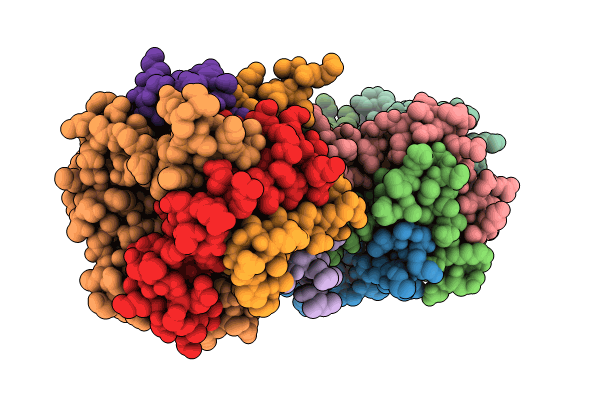
Deposition Date
2023-06-24
Release Date
2023-12-06
Last Version Date
2023-12-06
Entry Detail
PDB ID:
8T9O
Keywords:
Title:
Crystal structure of CF, a heterohexamer of the 4-oxalocrotonate tautomerase (4-OT) family
Biological Source:
Source Organism:
Herbaspirillum (Taxon ID: 963)
Host Organism:
Method Details:
Experimental Method:
Resolution:
2.70 Å
R-Value Free:
0.26
R-Value Work:
0.21
R-Value Observed:
0.21
Space Group:
C 1 2 1


